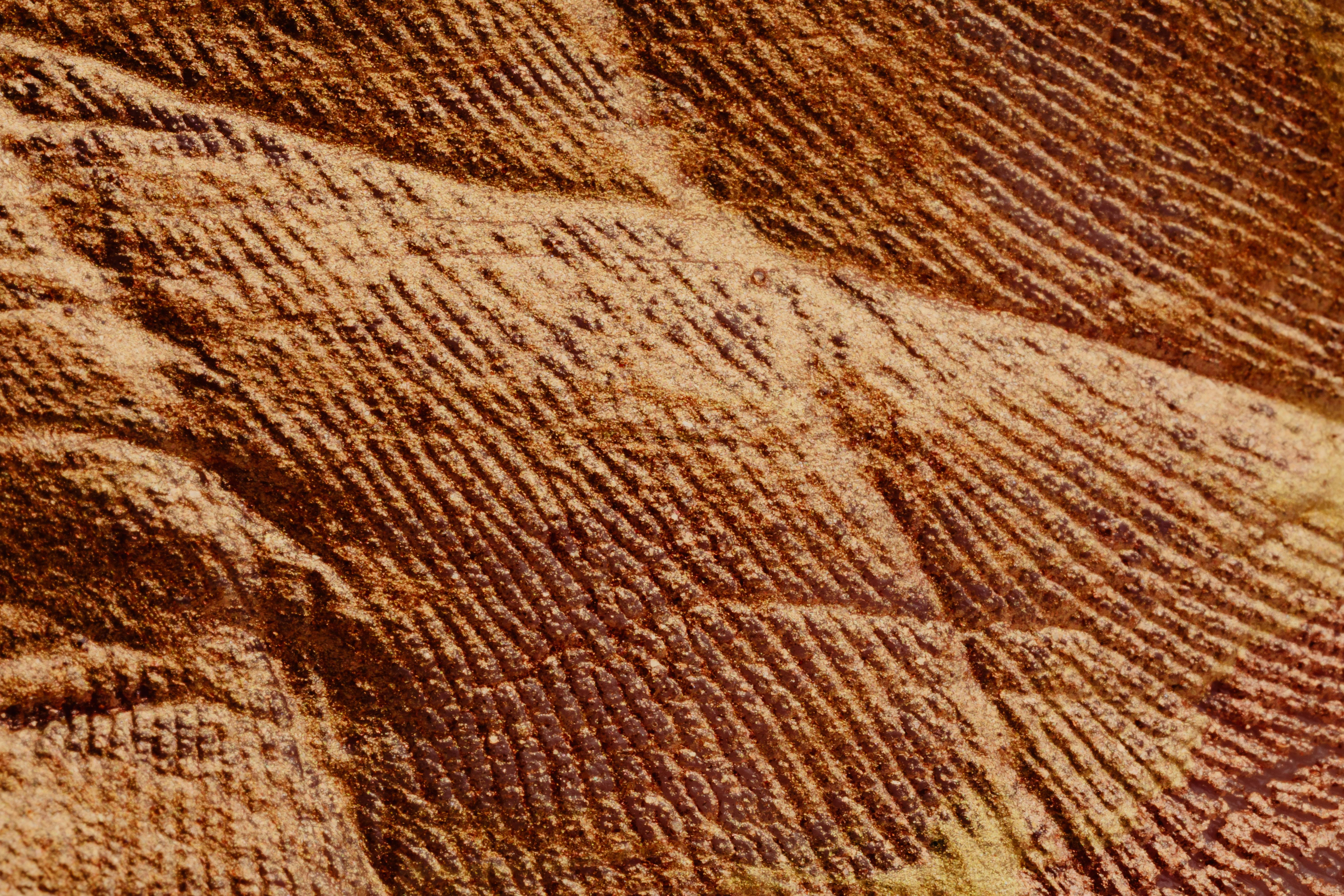As much as you’d like to think it is, solar power isn’t a miracle. Sure you can create power out of something that costs nothing, but it also has its problems.
Here are some of the more common problems you might experience with your solar:
Microcracks: occur in photovoltaic panels and are tiny (microscopic) tears that lodge in solar cells. Cracks can be the result of mishandling during the shipping or installation process, or they can occur during production itself. While the effects of these cracks may not be immediate, over time they can expand and when the small cracks grow, that’s when you could end up with a loss of solar output.
Hot spots – Although your panels are designed to receive heat from the sun, there are some spots that get hot due to overloading. This is usually the result of connections that have not been soldered correctly, causing low resistance and higher voltage within that area of the panel, which can lead to a short.
Internal Corrosion – Typically your panels are installed airtight and watertight, but there are some cases where moisture can enter the panel and cause rust (or corrosion). This is usually the result of an ineffective laminating process, causing moisture to seep through. You can usually tell if this is the case because you’ll see darker spots on the panel.
Snail Tracks: No, we are not talking about snails crawling on the panels. In this sense, a snail trail is where the color of the panel fades, which usually only happens after a few years of use. It is commonly caused by a faulty silver paste used in the manufacturing process, causing chemicals to transfer through the panels. Snail tracks usually occur near the edge of cells or near microcracks.
Potential Induced Degradation: PID is where stray currents create induced performance degradation, leading to accelerated aging and reduced performance. If your PV panels are more than 3-4 years old, you may start having this problem that can cause up to 30% power loss.
So how do I say it?
Nothing in the world is without problems, and regardless of how good your solar system is, there is always something that CAN go wrong (that’s not to say it WILL, but it could). If you’ve noticed that you’re not getting as much savings on your electric bill, or think you’re not getting the power that you should be getting, something could be wrong.
There are a variety of problems that can occur with solar power, but if you’re wondering how you can find out if your solar power is performing at the level it should be, there’s a sure way to find out.
smart monitors
When you invest in solar energy, you need to monitor your system.
A smart monitor can help keep track of how much power your system is generating. Your monitor tracks the performance of the solar PV system (in real time) and also gives you important information such as when you can turn off the hot water to save money and lets you know if there are faults or alerts you need. aware of.
If your monitor is connected to the solar system when installed, this means you can start tracking right away. It connects through the meter board and connects to your computer or phone, giving you up-to-date information on your solar energy usage. It can even tell you when your energy use is increasing, so you know the peak times in your home.
If usage and analytics don’t seem to be consistent across your Smart Monitor, it might be time to check your dashboards as there might be a problem.
